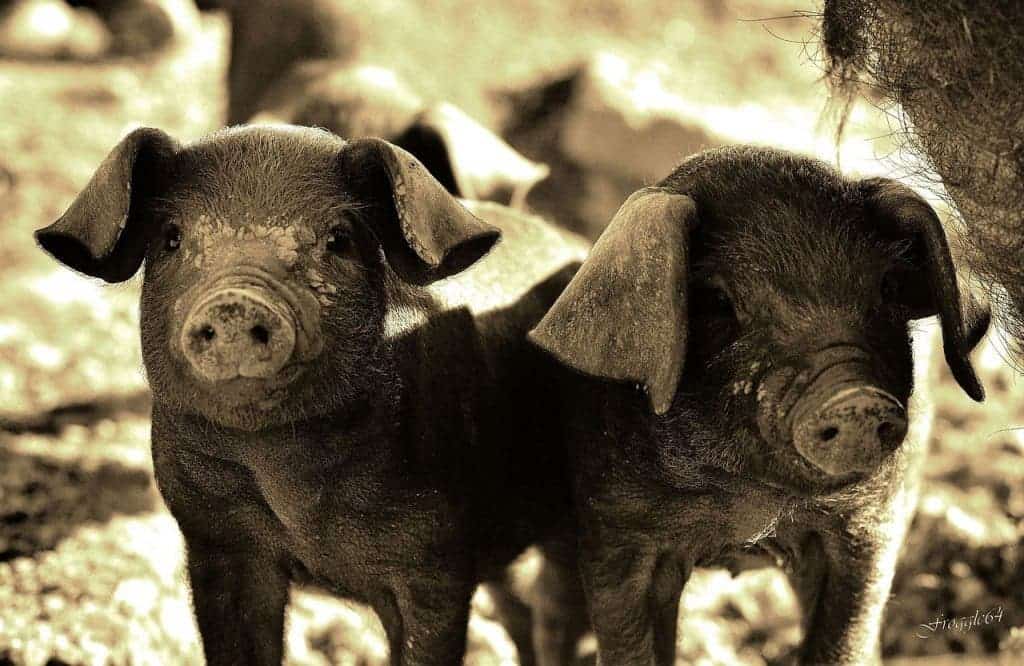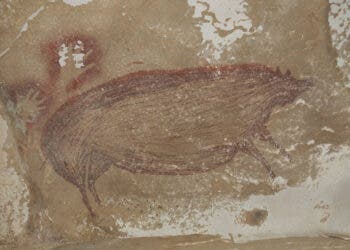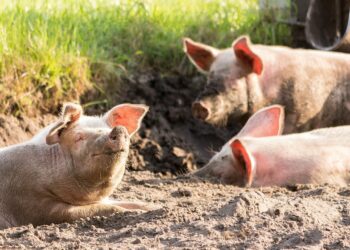Five baboons were each hooked up with a pig heart alongside their own hearts. Essentially, these baboons lived with two hearts and the pig one still functioned two years on average after the grafting, marking a marvelous breakthrough in xenografting. The longest a pig heart kept beating was 945 days or nearly three years.

The hearts were sourced from genetically modified piglets, engineered for biocompatibility with the baboon organism. The researchers suppressed the alpha 1-3 galactosyltransferase gene which produces an epitope that is easily recognized as foreign. The process isn’t perfect though, so the baboons had to kept for the whole duration of the experiment on immunosuppressants, not all that different to those that humans who undergo heart transplant have to take for all their lives.
The chimeric milestone was reported in the journal Nature Communications.
“This milestone shattered previous records of pig-to-primate heart transplant also achieved by this group of researchers over past five years,” the National Heart, Lung and Blood Institute announced in a news release.
Previously, the same researchers grafted hearts to baboons that survived for more than 200 days, but this latest attempt is far more successful. The end goal is to eventually have a primate survive on a single heart from a foreign species, likely a pig. This would open an avenue for human hybrid transplants. Another more Frankenstein line of research involves growing human hearts directly into a pig or some other animal and having it transplanted afterward. The heart would be grown from cells collected from the would-be recipient so, theoretically, it would be like a getting a new heart specially built for the recipient with fewer risks of immune rejection. Technical challenges are huge at this point, though.






